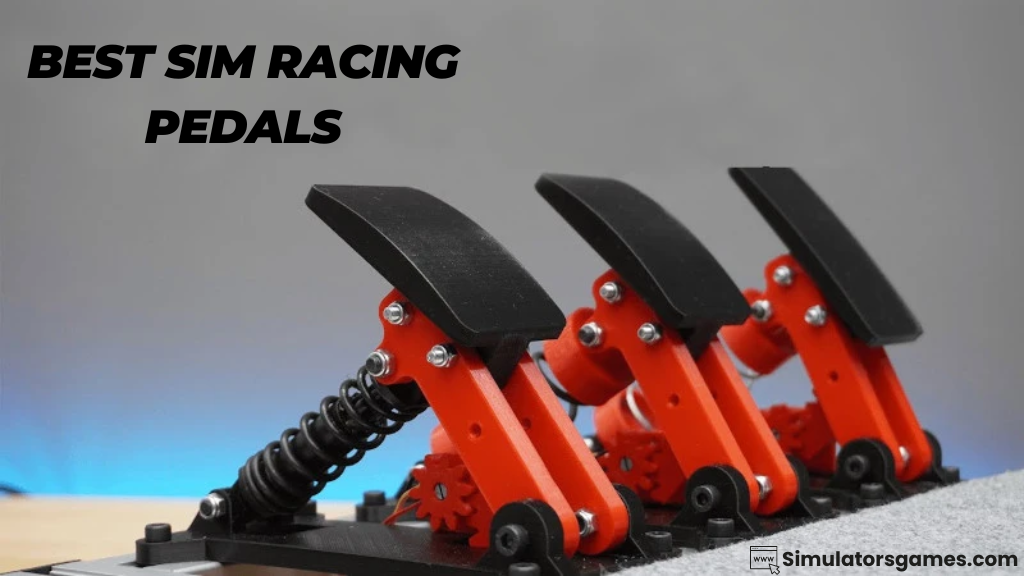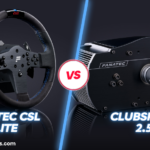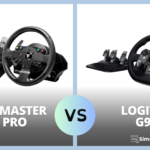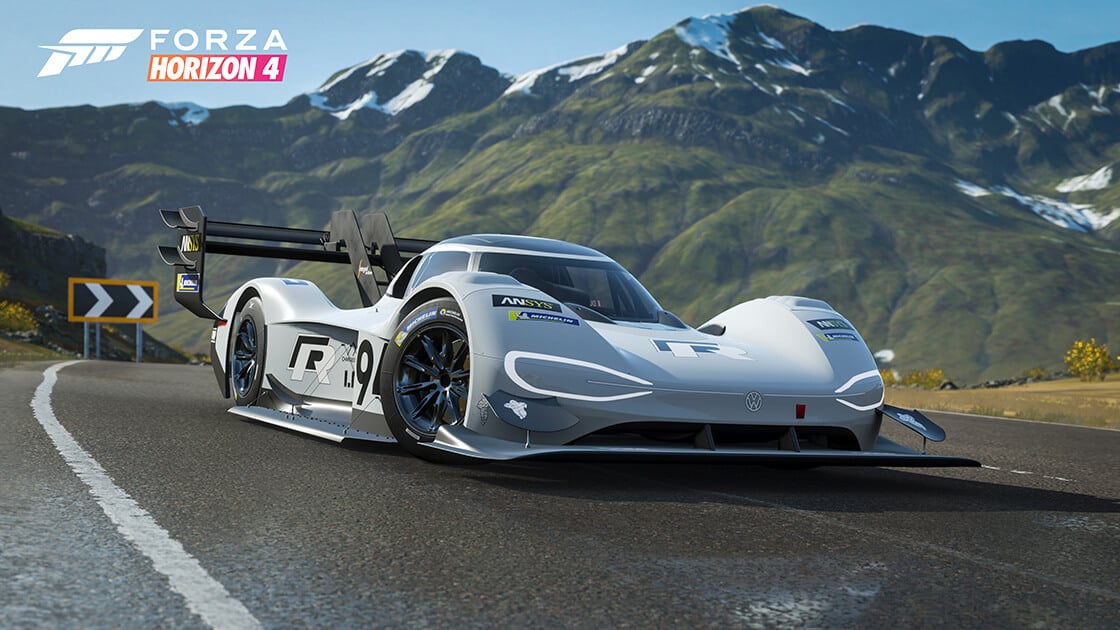It is important to get a great sim racing experience. Which is why choosing the best pedal set for your rig is a must. You have three types of technology to choose from, depending on your budget. Let’s look at each one and see what is on offer.
The first technology is the potentiometer, which uses the traditional pedal design. These are usually the most cost-effective choice and usually have adjustable tension to allow you to customize your gaming experience.
Next, there are the Hall effect sensors, which detect the exact pedal position with the help of magnetism. This results in more precision and accuracy when it comes to input detection, which is why these pedals tend to cost more than potentiometers.
Finally, we have load cells. This technology converts mechanical energy into electrical energy to give you more precision and realism. As you would expect, these are more expensive than the other options but are becoming more accessible.
For the serious sim racing fan, hydraulic pedals are the best choice. This technology has a smooth and linear feeling which is often found in real racing vehicles. However, these pedals come with a hefty price tag, so be prepared to dig deep.
When looking for the perfect pedals for your sim racing set-up, it is important to choose wisely and research each option thoroughly. With the range of available technologies and budgets to choose from, there is sure to be a great choice for everyone.
1: Potentiometer Pedals
When it comes to sim racing pedals, rotary potentiometers are the way to go. Seen in the center of the image, these small gold pieces measure the physical input by detecting the rotation of the red cog behind it.
While potentiometers are entry-level sensors and are commonly used, they aren’t as accurate as other types of sensors due to the lack of force measurement. Potentiometers simply measure the distance of how far you push the pedal, rather than how hard, which is a drawback for the brake pedal in particular.
Ultimately, although potentiometers are convenient and reliable. If realism is what you are looking for in sim racing, other sensors are recommended.
2: Hall Effect Pedals
Hall effect sensors can replace potentiometers as they use electromagnetism to measure distance and are less susceptible to friction damage, although this approach is more costly. The sensor on the green chip activates a magnet on the throttle pedal as it’s pressed.
Unfortunately, even this device cannot detect the force as a realistic brake pedal does.
3: Load Cell Pedals
Load cells are all the rage among sim racing enthusiasts right now and for good reason. Unlike potentiometers and Hall effect sensors, they measure force rather than distance. That makes them much more realistic when it comes to the brakes. The downside is, of course, that load cell pedals tend to be quite expensive, but for serious racers who have the budget for them, it’s certainly worth the cost.
So, if you’re a dedicated sim racer and can afford load cells, make sure you give them a shot – you won’t regret it!
4: Hydraulic Pedals
When it comes to professional-grade sim racing pedals, hydraulics are sometimes used to make them more responsive. Hydraulic systems work by storing pressurized fluid in cylinders. When you apply force to one, the fluid moves and the pressure increases, causing a corresponding action.
In cars, pressing the brake pedal pushes fluid toward the brake calipers, which then presses against the rotors. Similarly, with hydraulic sim racing pedals. When you press down on the pedal, a pressure sensor measures the increase in pressure and sends it as a digital signal.
The tell-tale sign that you’re dealing with a hydraulic pedal is the presence of small chambers of fluid, usually mounted on the back of the pedal assembly.
Conclusion
When it comes to sim racing, there is no shortage of options for the perfect pedal set for your rig. Potentiometers are a great cost-effective choice, while Hall effect and load cell sensors are more precise and provide greater accuracy. For serious sim racing fans, hydraulics provide an even more realistic experience. No matter what you decide on, researching and choosing wisely is the key to a great sim racing experience.
Also Read: Fanatec CSL Elite and ClubSport 2.5 – Head-to-Head






